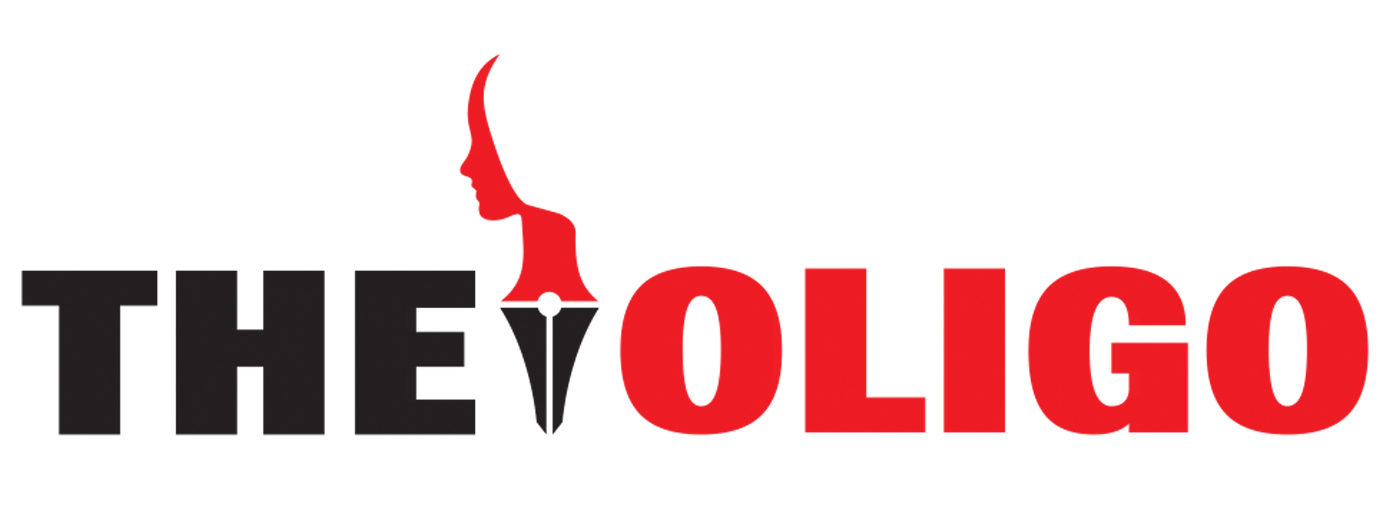Los Angeles Erupts in Violent Anti-Immigration Protests as Trump Deploys National Guard Without Governor’s Consent
America Burning: Anti-Immigration Protests Rock Los Angeles for Third Day Despite Trump’s National Guard Order
Los Angeles is grappling with intense unrest for the third consecutive day as anti-immigration protests spiral into violent confrontations, challenging federal authority and state sovereignty. Downtown L.A. has transformed into a battleground, with scenes of destruction and defiance gripping the city amid President Donald Trump’s unprecedented deployment of the National Guard without the consent of California’s governor. The protests, ignited by Trump’s strict immigration crackdown and a controversial travel ban affecting 12 predominantly African and Middle Eastern nations, have escalated into citywide chaos. Demonstrators—many of them first- or second-generation immigrants—took to the streets waving Latin American flags, particularly the Mexican tricolor, in a powerful statement of solidarity and resistance. Contrary to political narratives labeling them as outsiders or agitators, many protesters emphasized their deep connection to the United States and framed their participation as a stand for dignity and justice.
President Trump’s decision to activate over 2,000 National Guard troops, including 500 U.S. Marines on standby, marked a historic and contentious move, invoking a rarely used legal provision aimed at quelling what he described as a “rebellion.” This is the first time since 1965 that a president has unilaterally deployed state National Guard forces for domestic law enforcement without gubernatorial request. California Governor Gavin Newsom has vocally condemned the action as an illegal and unconstitutional overreach, vowing to file a federal lawsuit against the Trump administration. Calling it a “serious breach of state sovereignty,” Newsom accused the President of manufacturing chaos for political ends, while reiterating the need for a lawful and moral approach to immigration policy.
On the ground, downtown L.A. has seen unprecedented violence. Protesters torched several self-driving vehicles, including Waymo cars, causing lithium battery explosions that lit up the night sky with columns of smoke. Makeshift barricades blocked major thoroughfares such as the 101 Freeway, while law enforcement responded with tear gas, rubber bullets, and flashbang grenades. At least 150 arrests were made by Monday morning. Streets were left charred, barricades shattered, and buildings marked with anti-government graffiti. Law enforcement struggled to maintain order, with LAPD Chief Jim McDonnell admitting the severity of the situation exceeded expectations, stating, “This thing has gotten out of control.”
Amid the chaos, journalists have also come under fire. Australian reporter Lauren Tomasi of 9News was struck by a nonlethal police round while broadcasting live, prompting global outrage and further scrutiny of law enforcement tactics. Despite the turmoil downtown, other parts of Los Angeles maintained a semblance of normalcy, with a Pride Parade taking place in West Hollywood and families participating in community events. This stark contrast highlighted a city divided—between celebration and civil strife, between routine life and a political flashpoint.
President Trump’s late-night social media outbursts have only fueled tensions. Posting on Truth Social, he labeled the protesters as “thugs” and called for immediate arrests of masked individuals. His posts, laced with authoritarian rhetoric, came just hours before intensified clashes unfolded. Federal troops have since focused on guarding key infrastructure, particularly the immigration detention center that has become a focal point of demonstrations. With tensions still simmering and legal battles on the horizon, Los Angeles stands at a volatile crossroads—caught between the federal government’s hardline stance and a state leadership determined to resist.
As the city recovers from another night of destruction, the future remains uncertain. Whether these demonstrations will lead to policy shifts or further confrontation is yet to be seen. For video news, visit our YouTube channel THE OLIGO.

